Closet Design Pitfalls; Designing your dream closet is an exciting opportunity to create a space that reflects your personal style and meets your organizational needs. However, the process can be fraught with pitfalls that may undermine your vision if not carefully considered. From poor space planning to overlooking essential features, certain mistakes can turn your ideal closet into a source of frustration rather than a joy. In this guide, we’ll highlight 11 common mistakes to avoid when designing your dream closet. By understanding these potential missteps, you’ll be better equipped to create a closet that is not only beautiful but also functional and tailored to your lifestyle.
Mistake #1: Skipping the Needs Assessment – Knowing What Clothes Call Home

This might seem like a no-brainer, but you’d be surprised! Skipping a thorough needs assessment is a recipe for a custom closet system that misses the mark. Before you start sketching designs, take a deep dive into your current wardrobe. Consider the types of clothes you own, how you typically store them (folded vs hanging), and how often you wear them.
- Clothes Count: Take an inventory of everything you currently own. Categorize your clothing by type (shirts, pants, dresses, etc.) and then by season (summer wear, winter wear, etc.). This will help you determine the amount of hanging space and shelf space you’ll need.
- Folded vs. Hanging: Not all clothes are created equal. Some items, like delicate blouses or sweaters, are best stored folded on shelves to prevent stretching or damage. Bulkier items like jeans or heavy sweaters can benefit from hanging to maintain their shape and reduce wrinkles.
- The Seasonal Shuffle: Do you have a significant amount of seasonal wear, like bulky coats or poolside attire? Consider incorporating designated areas for out-of-season items to keep your everyday closet manageable.
By taking stock of your current wardrobe and how you use it, you can ensure your custom closet system caters to your specific needs and keeps your clothes happy and organized.
Mistake #2: Ignoring the “Reach Factor” – Accessibility is Key
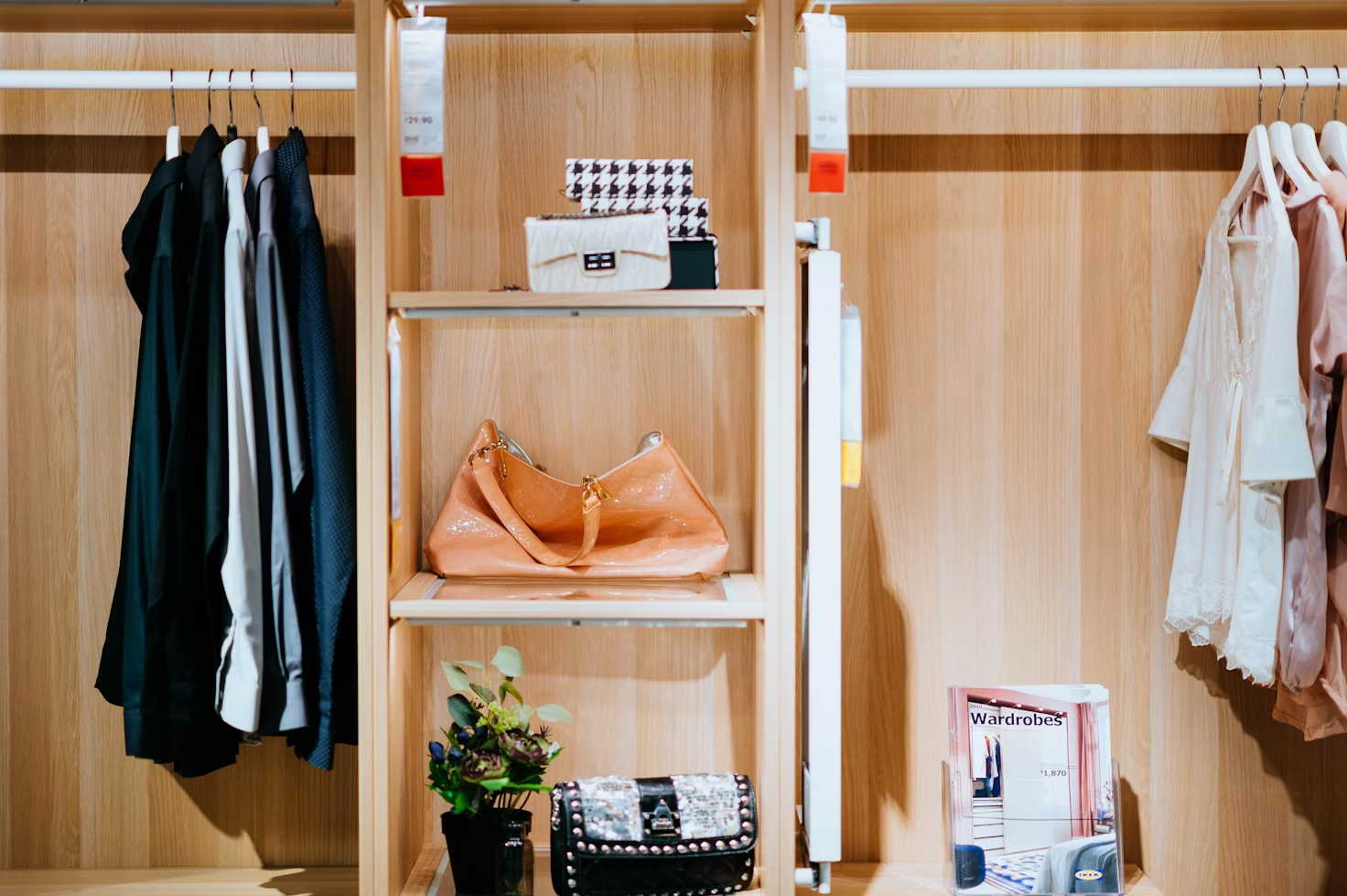
Imagine this: you design a beautiful custom closet with high shelves that aesthetically please but leave you needing a stepladder to access half your wardrobe. This is the unfortunate reality of ignoring the “reach factor” in closet design.
The “reach factor” refers to the areas within your closet that you can comfortably access without needing to stretch, climb, or contort yourself. Ideal hanging rod heights for shirts and blouses typically fall between 60 and 64 inches from the floor, while longer garments like dresses or coats may require rods around 72 inches high. Shelves should be positioned between 48 and 72 inches from the floor for easy access.
Here’s why ignoring the reach factor is a dumb mistake:
- Wasted Space: Inaccessible shelves and rods become dead zones, rendering valuable storage space unusable.
- Frustration Factor: Constantly needing to climb or contort yourself to access clothes becomes a daily annoyance.
By keeping the “reach factor” in mind, you create a functional closet that maximizes space and keeps your clothes readily available.
Mistake #3: Forgetting About Flexibility – Adapting to Your Evolving Wardrobe
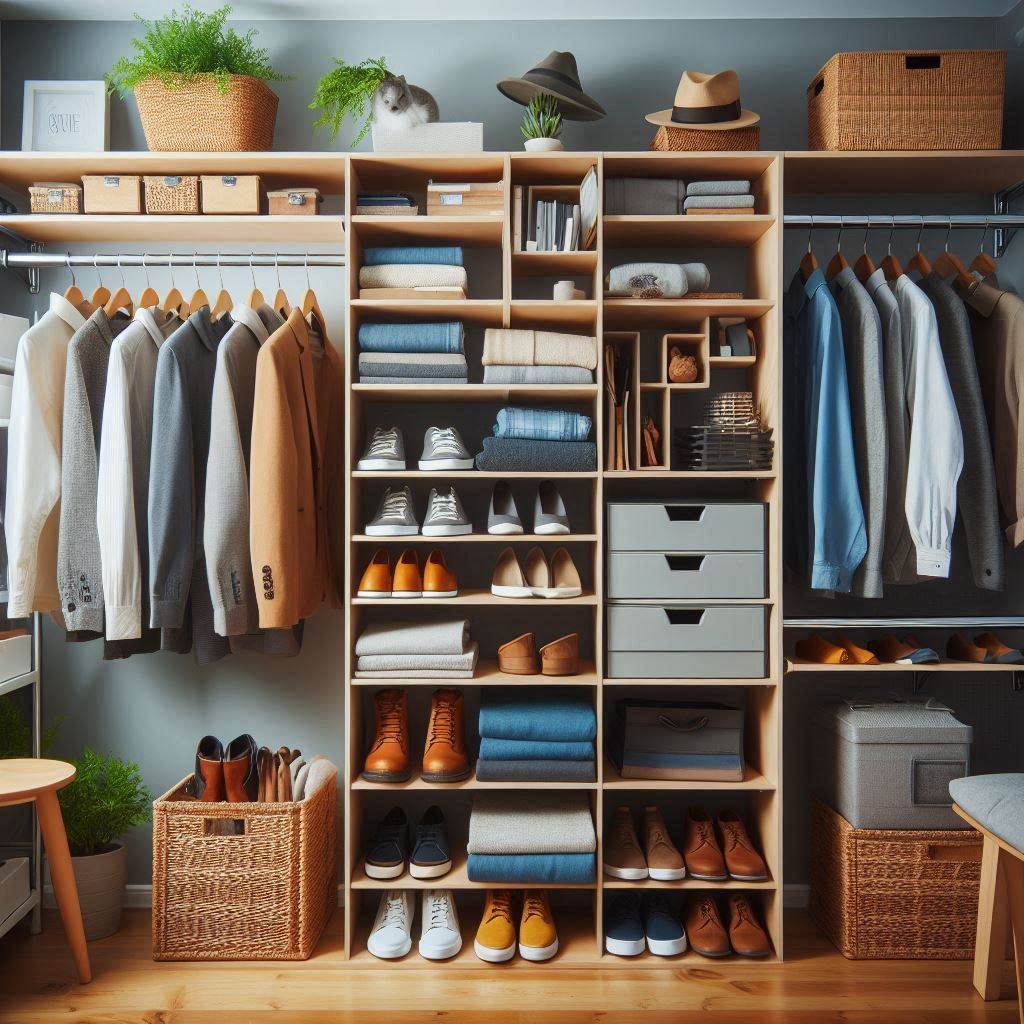
Life changes, and so does your wardrobe. A closet system designed solely for your current clothing collection might not serve you well five or ten years down the road. This is where flexibility comes into play.
Choose a custom closet system that incorporates adjustable shelves and hanging rods. This allows you to easily modify the layout as your needs evolve. Perhaps your professional wardrobe expands, requiring more hanging space for suits or dresses. Adjustable shelves can adapt to accommodate a growing collection of sweaters or folded clothes.
Flexibility ensures your dream closet remains a dream, adapting to your changing needs and keeping your wardrobe organized for years to come.
Mistake #4: All Rods and No Shelves – Folded Items Need a Home Too

While hanging rods are undeniably crucial for certain garments, a closet system solely comprised of rods creates a one-dimensional storage solution. Don’t neglect the importance of shelves!
Shelves provide a designated space for folded items that wouldn’t fare well on hangers. Think sweaters, t-shirts, delicates, purses, and accessories. Shelves also offer the opportunity to incorporate storage bins or baskets for additional organization.
Here’s why a combination of rods and shelves is key:
- Storage Diversity: A variety of storage options caters to different types of clothing and accessories, preventing wrinkled or damaged garments.
- Maximized Efficiency: Shelves utilize vertical space effectively, creating more storage capacity within your closet.
Mistake #5: Nixing the Drawers – Compartmentalized Chaos Control
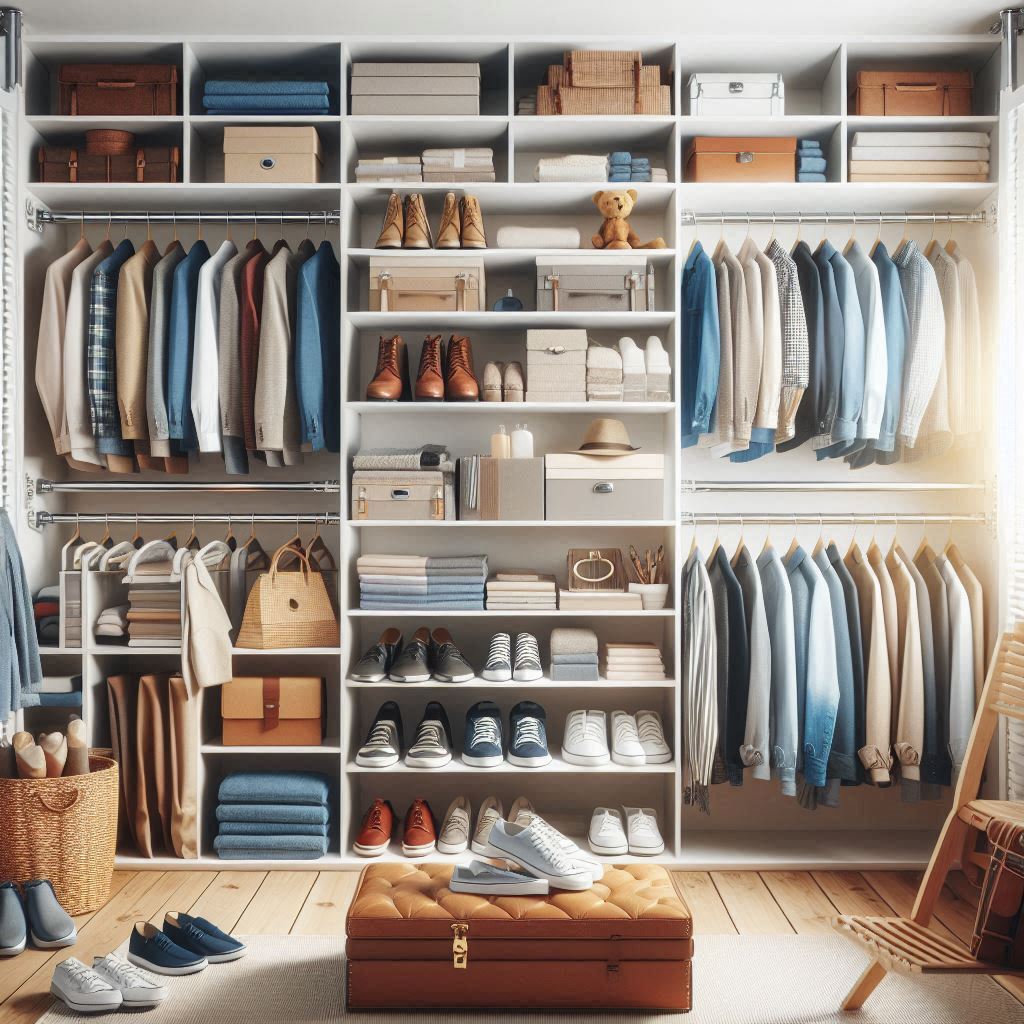
Drawers might seem like a simple addition, but they offer a powerful organizational punch. Imagine a world where your delicates, socks, and undergarments reside in a designated space, free from the clutter of open shelves or hanging precariously on a rod. Drawers are the unsung heroes of closet organization, providing a haven for easily accessible, compartmentalized storage.
Here are the benefits of incorporating drawers into your custom closet system:
- Organizational Nirvana: Drawers keep smaller clothing items and accessories neatly contained, preventing them from becoming lost in the shuffle.
- Delicate Delights: Delicate items like lingerie or undergarments are best stored in drawers to protect them from snags, wrinkles, or dust.
- Hidden But Handy: Drawers offer a way to keep frequently used items readily accessible while maintaining a clean, uncluttered aesthetic in your closet.
By including drawers in your design, you create a designated space for these often-overlooked items, keeping your closet organized and your delicates safe.
Mistake #6: Dim Lighting = Disaster – Illuminating Your sartorial Sanctuary
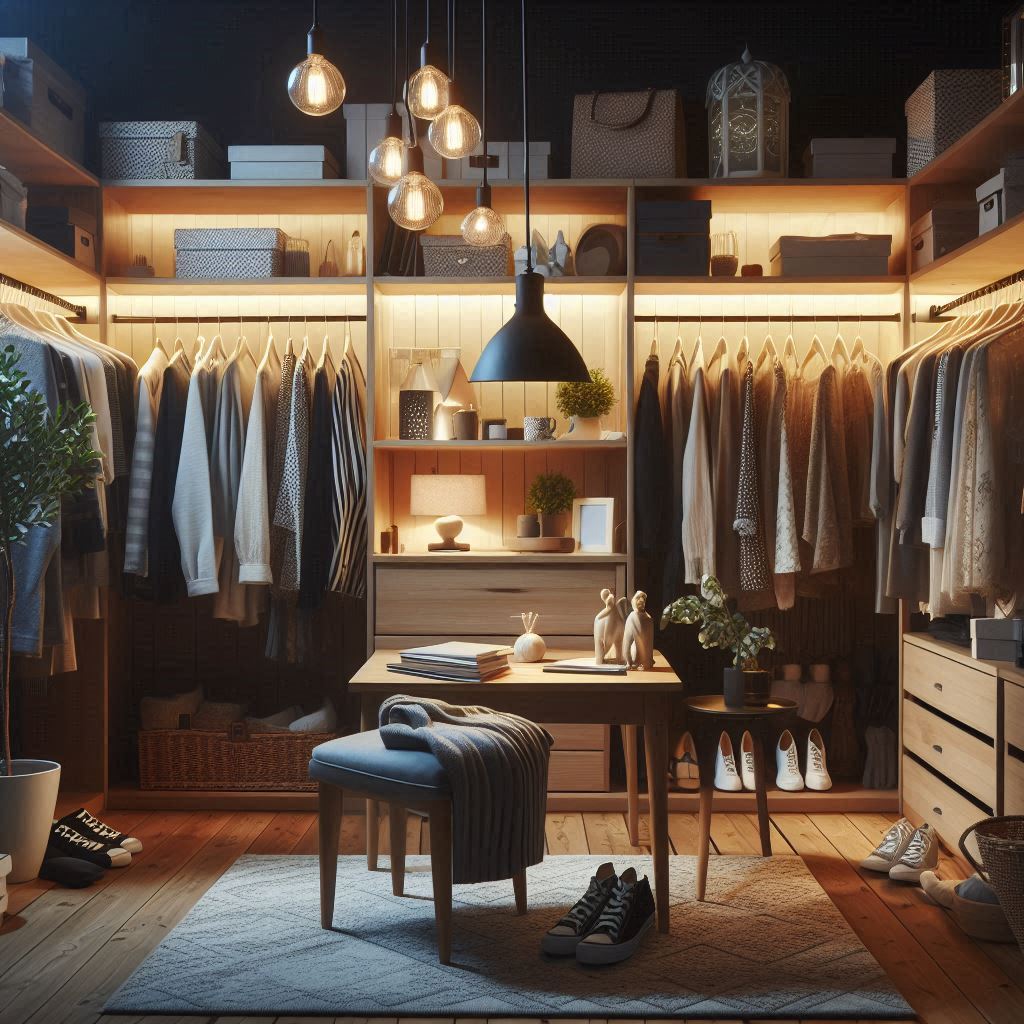
Who wants to rummage through a dimly lit closet, squinting to decipher between a black dress and a navy one? Proper closet illumination is essential for maximizing functionality and creating a pleasant space for getting dressed.
Here’s why good lighting is crucial in your custom closet:
- Effortless Outfit Assembly: Ample lighting allows you to see your clothes clearly, making it easier to put together outfits and avoid fashion faux pas.
- Reduced Frustration: No more searching blindly for that perfect shirt! Good lighting eliminates the frustration of digging through a dark closet.
- Aesthetic Appeal: Strategic lighting can enhance the overall look and feel of your closet, making it a more inviting space.
Consider incorporating a combination of overhead lighting and task lighting strategically placed near hanging rods and shelves for optimal visibility.
Mistake #7: Underestimating the Power of Hooks – Hang it Up and Keep it Organized
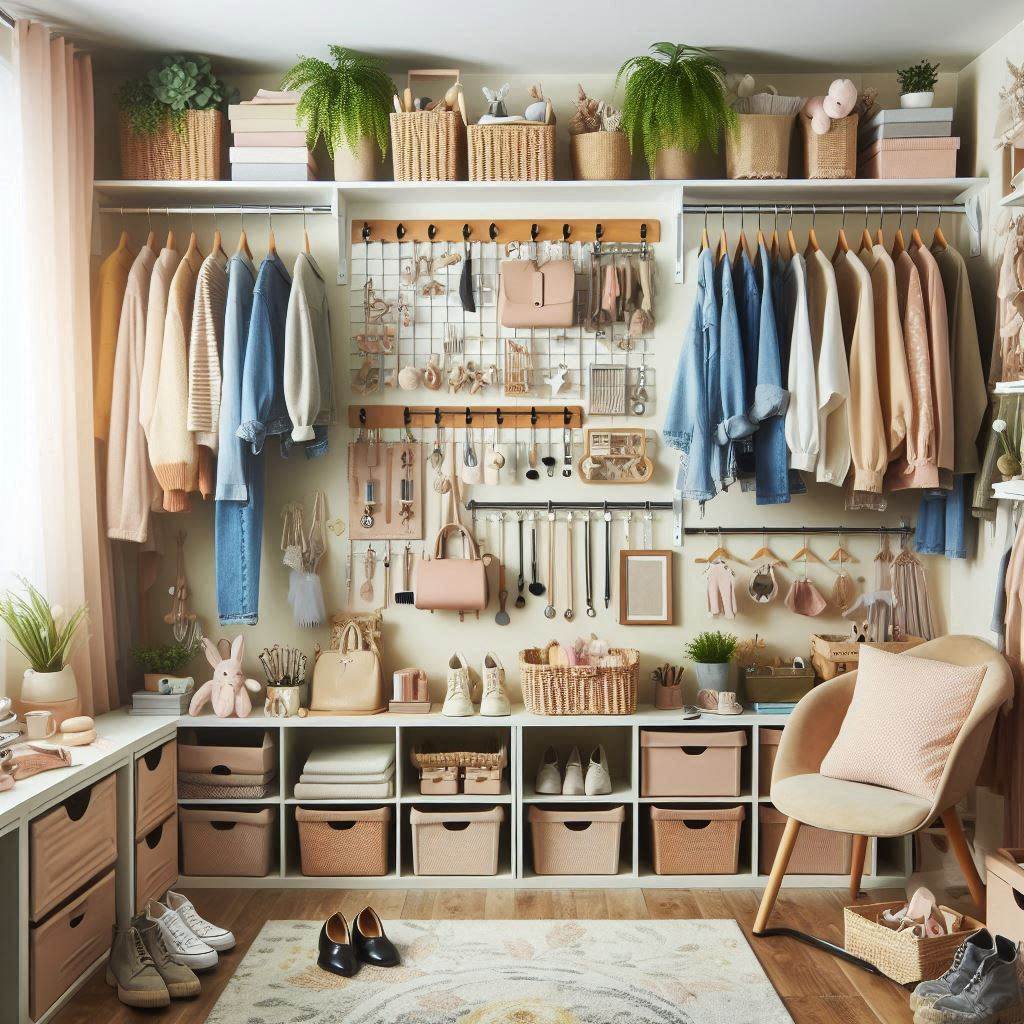
Hooks are often seen as an afterthought, but they offer a versatile storage solution for a variety of items beyond just coats. Don’t underestimate the power of hooks in your custom closet system!
Here’s how hooks can enhance your closet organization:
- Beyond the Coat Rack: Utilize hooks for scarves, belts, hats, or even handbags, freeing up valuable shelf space and reducing clutter.
- Seasonal Savvy: Hooks are perfect for hanging frequently used seasonal items like lightweight jackets or pool towels.
- Maximized Space: Hooks can be mounted on unused wall space or even on the backs of closet doors, maximizing storage capacity.
By incorporating hooks strategically, you create additional hanging space for various items, adding functionality and keeping your closet clutter-free.
Mistake #8: Forgetting About Door Options – Swing vs. Slide Makes a Difference
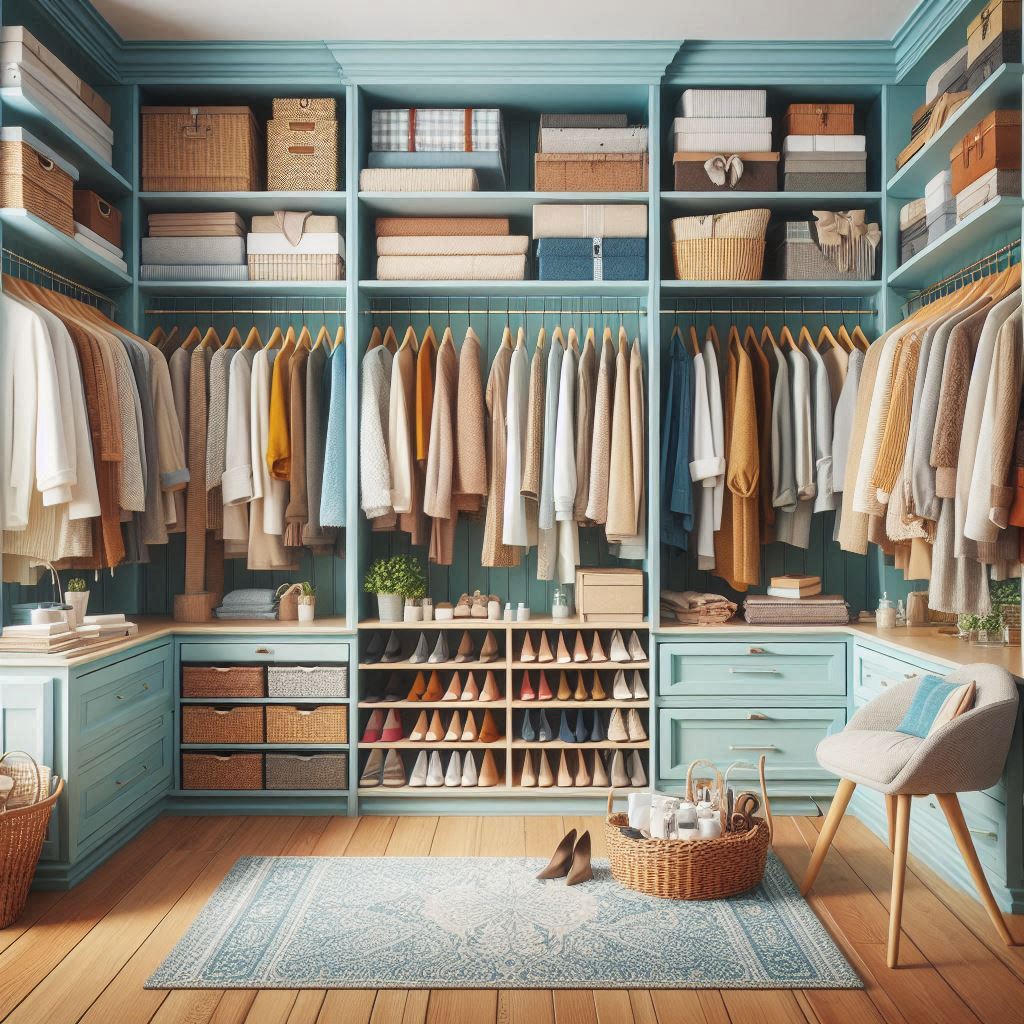
While the interior of your closet is crucial, don’t neglect the door! The type of door you choose can significantly impact the functionality and overall aesthetic of your space.
- Swing vs. Slide: Traditional swinging doors require clearance space to open fully, which can be a limitation in smaller rooms. Sliding doors offer a space-saving solution, gliding effortlessly along a track.
- Mirror, Mirror on the Door: Consider incorporating a mirrored door on your closet. This not only adds a touch of elegance but also creates the illusion of a larger space and allows you to check your outfit from head to toe before heading out the door.
- Pocket Doors: The Ultimate Space Saver: For the ultimate in space efficiency, consider pocket doors. These doors disappear seamlessly into the wall when opened, eliminating the need for any clearance space in front of the closet.
By carefully considering your space limitations and desired aesthetics, you can choose the perfect door option to complement your custom closet system.
Mistake #9: Material Mishaps – Choosing the Right Materials for Durability
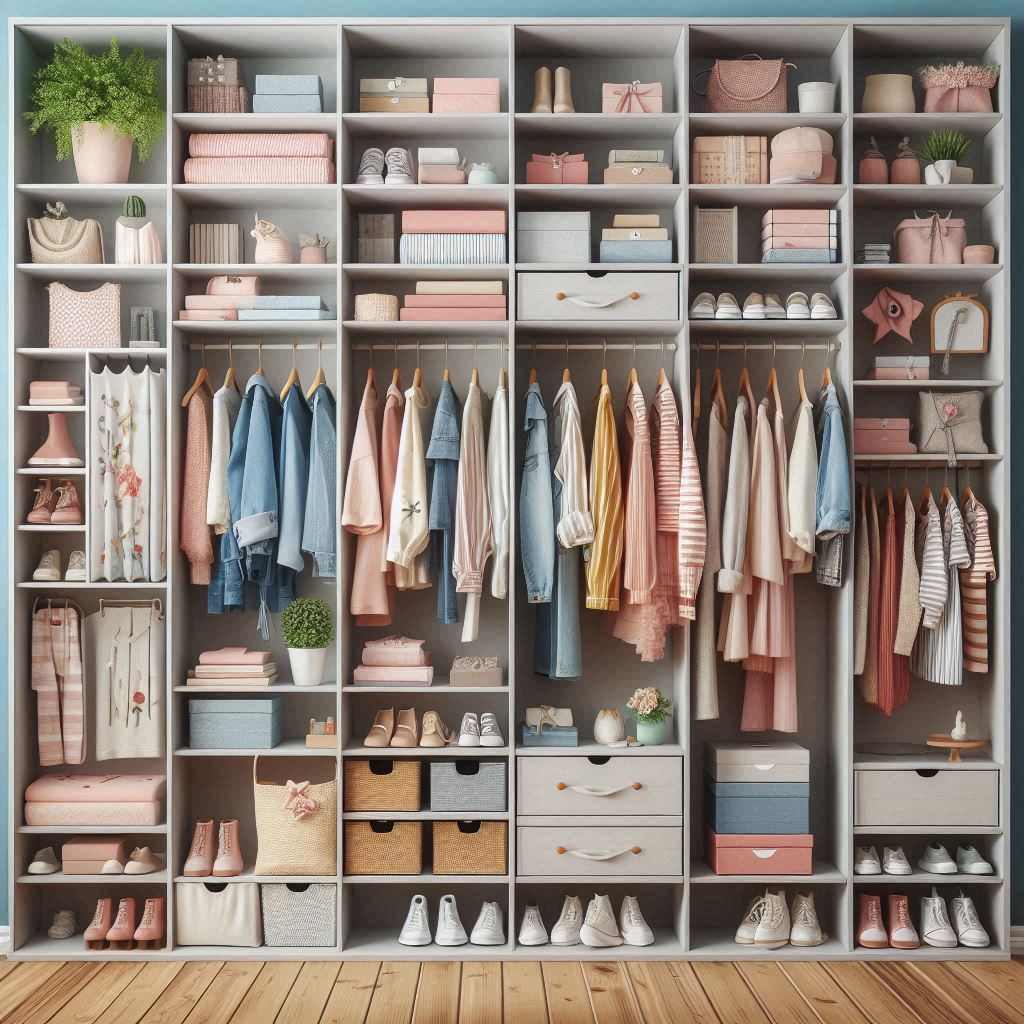
Closets are workhorses. They endure the weight of your clothing, the constant opening and closing of doors, and the wear and tear of daily use. Choosing the right materials for your custom closet system is essential for ensuring its longevity.
- Considering Durability: Opt for sturdy materials like wood, laminate, or high-quality melamine for shelves, rods, and cabinet doors. These materials can withstand the weight of your belongings and resist scratches or dents.
- Mind the Maintenance: Some materials, like solid wood, require more maintenance than others. If you prefer a low-maintenance option, consider laminate or melamine, which are easy to clean and resistant to moisture.
- Aesthetics Matter: The material you choose should complement the overall design of your closet and your bedroom. Wood offers a timeless and classic look, while laminate provides a wide range of color and finish options.
By selecting durable and aesthetically pleasing materials, you create a custom closet system that is both functional and beautiful.
Mistake #10: Forgetting About Ventilation – Keeping the Fresh Air Flowing
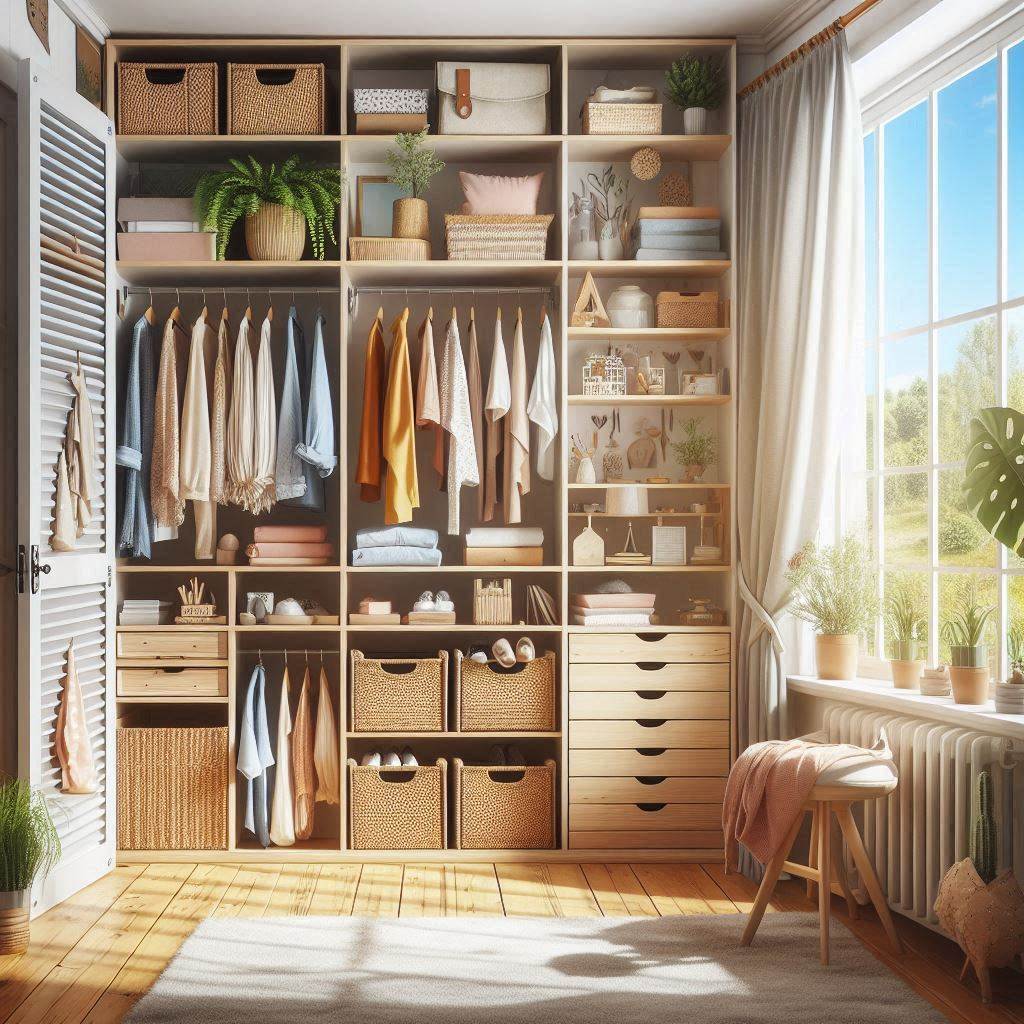
Closets can become breeding grounds for moisture and odors, especially if they lack proper ventilation. This can not only damage your clothes but also create an unpleasant environment. Here’s why ventilation is important:
- Moisture Control: Poor ventilation can lead to condensation and mildew growth, which can damage your clothes and contribute to musty odors.
- Odor Outlast: Limited airflow allows lingering smells from shoes, workout clothes, or dry cleaning to permeate your closet.
- Fresh Start: Proper ventilation helps keep your closet fresh and smelling clean.
Consider incorporating ventilation options like louvered closet doors, ventilation grilles, or even a small exhaust fan to promote air circulation and prevent moisture buildup.
Mistake #11: Bypassing the Professional Touch – Benefits of Consulting a Designer
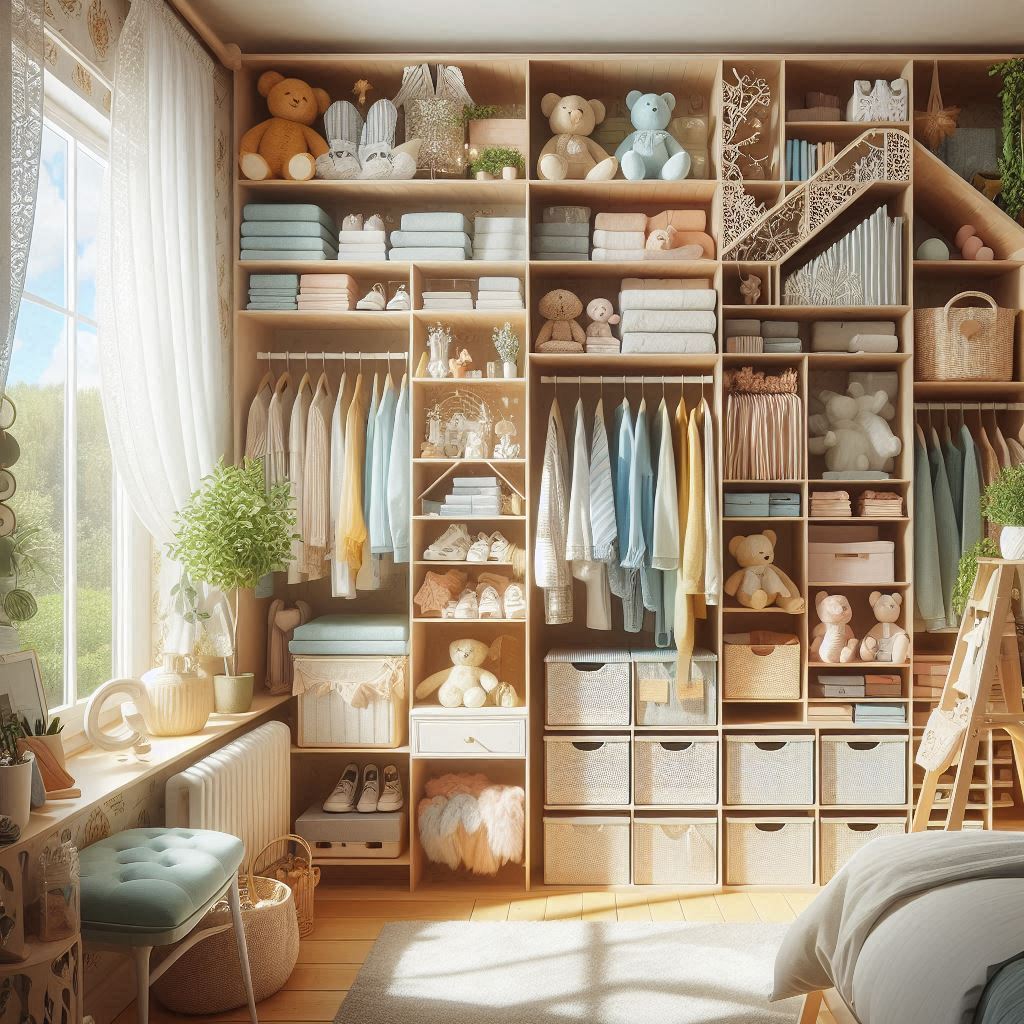
While DIY closet systems can be tempting, there are significant benefits to consulting a professional closet designer. These experts can guide you through the design process, ensuring your custom closet system meets your specific needs and maximizes your space.
- Expert Planning: A designer can help you assess your storage requirements, create an efficient layout, and recommend the best materials and features for your closet.
- Space Optimization: Professionals know how to make the most of every inch of space, ensuring your closet is organized and functional.
- Avoiding Costly Mistakes: A designer can help you avoid costly mistakes in the planning stage, saving you money in the long run.
Consulting a professional closet designer can be a worthwhile investment, ensuring your dream closet becomes a reality and remains a source of organization and style for years to come.
Bonus Tips for Closet Design Success
Now that you’ve avoided the 11 dumb mistakes, here are some additional tips to transform your custom closet system into an organizational haven:
- Valet Rods for VIP Clothes: Incorporate a pull-out valet rod for frequently worn outfits or special occasion garments, keeping them wrinkle-free and ready to go.
- Shoe Sanctuary: Designate a specific area for shoe storage. Consider built-in shelves, cubbies, or a pull-out shoe rack to keep your footwear organized and dust-free.
- Laundry Hamper Harmony: Integrate a dedicated laundry hamper into your closet design. This eliminates the need for a separate hamper, keeping your space tidy.
- Ironing Efficiency: Consider incorporating a pull-out ironing board or a designated ironing station within your closet for added convenience.
Wrap Up
Designing your dream closet requires careful planning and attention to detail, but avoiding these 11 common mistakes can make all the difference. Steer clear of pitfalls such as inadequate space utilization, poor lighting, and ignoring your storage needs, and you’ll be on your way to creating a closet that not only meets but exceeds your expectations. A well-designed closet enhances both the functionality and aesthetic of your home, turning everyday routines into a seamless experience. With these insights, you can confidently navigate the design process and build a closet that’s a perfect blend of style and practicality. Embrace these tips to transform your vision into a beautifully organized and personalized space.

